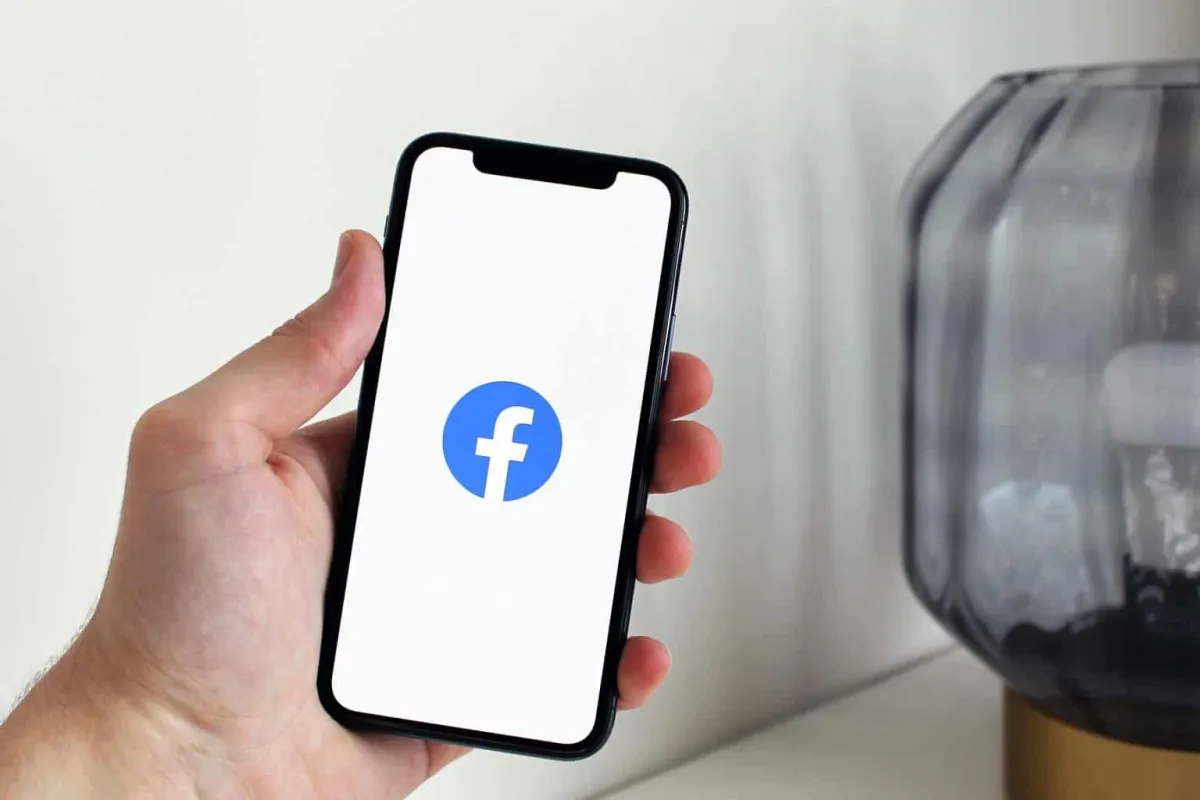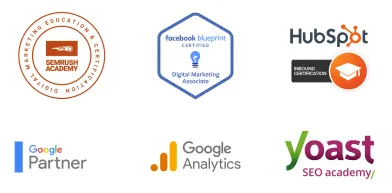TO LEARN IS TO GROW
Learning Center
We do our research and publish our results. Should probably call this the Growing Center.


Common Facebook Myths that Can Hurt Your Brand
We debunk some of the most common Facebook myths that can hurt your brand and cause you to spend more than necessary for your paid ads.
Facebook Ads provide some unique advantages not found in other paid ads platforms. For instance, the setting allows brands to micro-target an audience and re-market to users who have already interacted with their business.
Additionally, Facebook Ads can allow you to reach more customers than you ever will with organic posts and other digital marketing platforms.
However, incorrect use of this paid ad platform can have detrimental effects on your brand, and above all, your marketing budget.
Here, we debunk the most common Facebook Ad myths that can hurt your business and pocket.
1. It is a quick-fix solution.
Just like any paid ad platform, Facebook only provides excellent ROI if you come up with a clear set of objectives, plan of action, and metrics to measure your success and tweak the campaign if you’re not getting the desired results.
Also, don’t assume that allocating a huge budget is a surefire way to create a viral campaign. Even with a low-cost ad or the use of a “home production” video, it is possible to get millions of views with the right strategy and content.

2. Facebook is not suitable for B2B advertising.
Although most Facebook Ads are geared towards customers, it doesn’t mean it is a poor advertising platform for B2B.
While B2B advertising is more commonly associated with LinkedIn, Facebook users are generally open to business-related content even if they are just scrolling through their feeds to find entertainment.
To make sure that you engage with your B2B audience, target users based on their job title and industry/sector.
3. Avoid broad audiences like a plague.
Many successful Facebook Ad campaigns have targeted small, niche audiences. However, it doesn’t mean that a broader target is something that you should automatically rule out.
There are cases when targeting a broader audience makes sense. For example, newly opened restaurants and local retailers and general merchandisers can benefit from this approach because they need to boost their brand awareness, which they can do by running a campaign that targets people aged between 18 and 65 years old who live nearby.
Additionally, targeting a broader audience is a great way to collect data from your target customers.
But as your business becomes more established and/or you have already collected sufficient information about your target customers, you may want to lean more towards a smaller, more niche audience.
4. Relevance is the most critical metric.
Ad relevance shows how frequently your ad is shown and how much is your cost per click. Most digital marketing experts agree that you should score at least seven out of ten in this metric.
Relevance is an important metric, but should not be treated as an “end all, be all” measurement. With this approach, you run the risk of spending too much on ads without even paying attention to the conversions.
Instead of obsessing over the ad relevance, it’s more advisable to focus on your ROI, which can tell you if you’re reaching your campaign goals without going over budget.

5. It requires a huge investment to grow the number of followers.
In paid ads or any other type of digital marketing platform, quality always trumps quantity. Simply put, having more followers does not automatically result in more sales or better brand awareness.
Take note that a person may click the follow button even if there is no or very little engagement. Hence, your ad campaign should always be anchored to conversion, making it important to send a Facebook Page invitation to users who like your ad campaign.
6. Retargeting all your web visitors in a single ad.
First and foremost, people visit your site to check out different web pages and through various campaigns. Hence, it is a big no-no to retarget them using a single ad, which can damage your business since it shows that you don’t respect the buyers’ journey, i.e., where they are at the sales funnel.
When retargeting website visitors, you must create different ad campaigns based on budgets, bids, online activities, and other factors. For example, people who have checked your pricing should have a separate retargeting campaign than someone who has visited your homepage.
7. Facebook Ad requires a considerable budget.
This paid ad platform does not necessarily require huge investment but careful planning and market research to know your target customers, the business landscape, and the current consumer behavior. In fact, in many cases, it is even ideal to take things slow, allowing you to grow your audience and learn the content they like.
Once you know more about your target audience, you can gradually increase your budget and the scope of your reach.
Built for Growth. Backed by 25 Years of Trust.
For over two decades, LOJO has been a trusted partner to hundreds of businesses just like yours. Whether working directly with owners, managers, teams, or boards of directors, our goal remains the same: to be a reliable and results-driven asset to your business.
Over the years, we’ve carefully built a team of experts—each selected for their unique skills, strengths, and personalities. Our clients choose LOJO because they know we genuinely care about their success.
And after 25 years of helping businesses grow, we’re more committed than ever.



Built for Growth. Backed by 25 Years of Trust.
For over two decades, LOJO has been a trusted partner to hundreds of businesses just like yours. Whether working directly with owners, managers, teams, or boards of directors, our goal remains the same: to be a reliable and results-driven asset to your business.
Over the years, we’ve carefully built a team of experts—each selected for their unique skills, strengths, and personalities. Our clients choose LOJO because they know we genuinely care about their success.
And after 25 years of helping businesses grow, we’re more committed than ever.




Matthew Rogers, President
iProspect Check
After spending several months reviewing multiple proposals from several different companies we engaged LOJO to develop a new website that represents our company effectively. We worked initially with Stephen Platte who helped create the scope of the project. Stephen was knowledgeable and always followed up with me on time and as promised.
He "closed the deal" for LOJO with his professionalism, service orientation and easy going approach. Once we signed the contract we were introduced to Jay Kelly who would be the creative lead for LOJO. This was the most challenging part of the project for my company, as there was no shortage of ideas from our side. Jay managed the project flawlessly, and once we had all agreed to the design, Jay introduced us to Eric.
Eric Lay is one of the founders of LOJO. Eric took the design we had developed and brought it to life. We delivered content as quickly as he requested it. Eric kept the project on task and we responded by exceeding every deadline for content. In turn, once provided, literally not a day went by that Eric didn't add the content and take the next step. In just a few weeks we launched our new website. Eric is a pleasure to work with.
His positive attitude and consultative approach really enhanced the experience and made a big difference for us in the outcome of our project. We would welcome you to visit our website to take a look at the quality work of LOJO. We are very pleased with LOJO and look forward to working with them in the future as we pursue an aggressive SEO strategy."
After spending several months reviewing multiple proposals from several different companies we engaged LOJO to develop a new website that represents our company effectively. We worked initially with Stephen Platte who helped create the scope of the project. Stephen was knowledgeable and always followed up with me on time and as promised.
He "closed the deal" for LOJO with his professionalism, service orientation and easy going approach. Once we signed the contract we were introduced to Jay Kelly who would be the creative lead for LOJO. This was the most challenging part of the project for my company, as there was no shortage of ideas from our side. Jay managed the project flawlessly, and once we had all agreed to the design, Jay introduced us to Eric.
Eric Lay is one of the founders of LOJO. Eric took the design we had developed and brought it to life. We delivered content as quickly as he requested it. Eric kept the project on task and we responded by exceeding every deadline for content. In turn, once provided, literally not a day went by that Eric didn't add the content and take the next step. In just a few weeks we launched our new website. Eric is a pleasure to work with.
His positive attitude and consultative approach really enhanced the experience and made a big difference for us in the outcome of our project. We would welcome you to visit our website to take a look at the quality work of LOJO. We are very pleased with LOJO and look forward to working with them in the future as we pursue an aggressive SEO strategy."

Matthew Rogers, President
iProspect Check
The team at LOJO were wonderful to work with. They are well organized and very patient as we worked through our marketing strategy and developed a well thought out and clear action plan at a reasonable price. We will definitely be back for our future campaign needs."

Jon Crosby, Founder
Dazil

